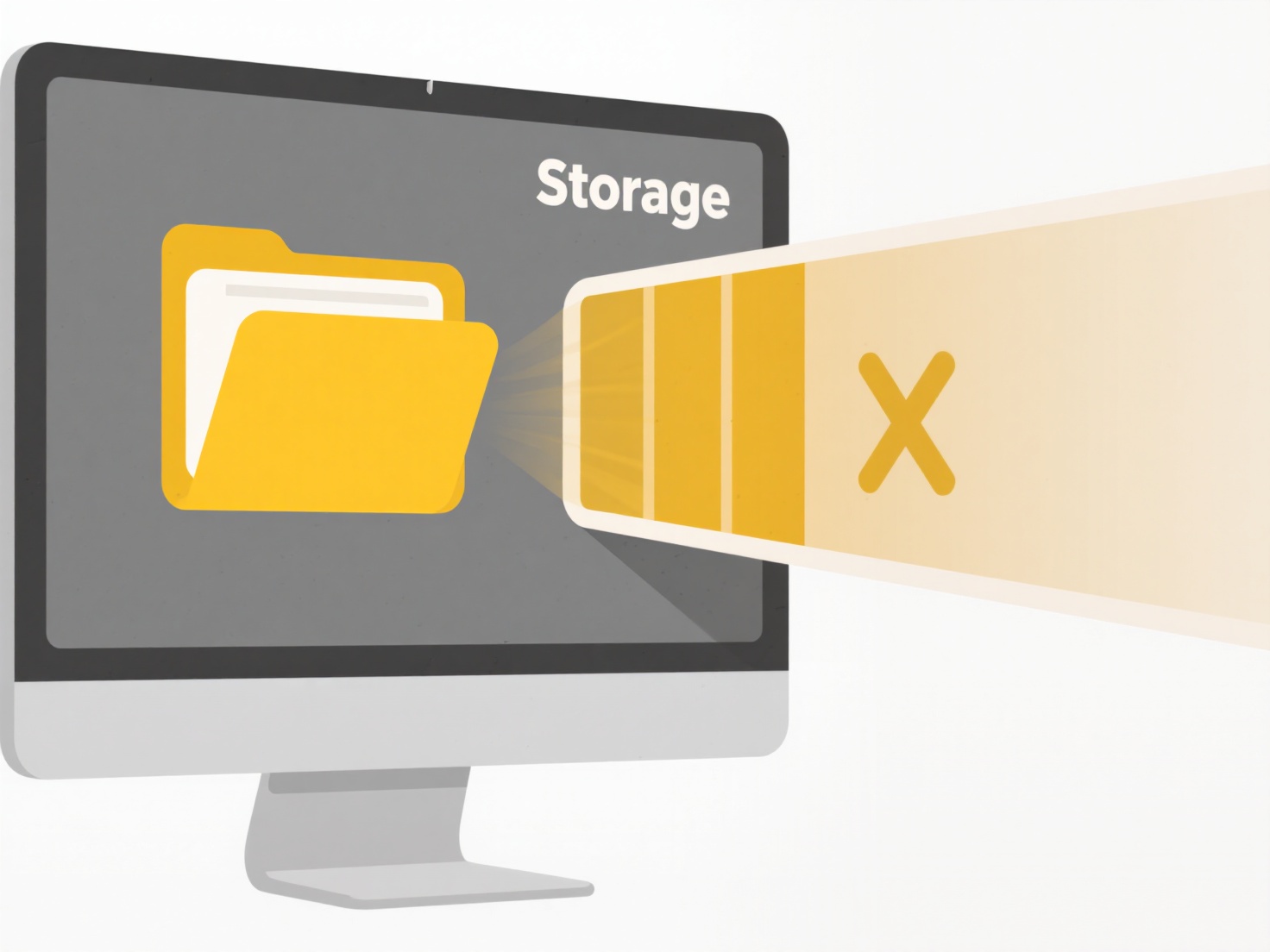
An MP4 file is a widely used digital container format for storing audio and video data, along with subtitles and images. Unlike simple video-only or audio-only files, an MP4 container combines these elements using standardized compression methods like H.264 for video and AAC for audio into a single file. This packaging allows complex multimedia presentations to be easily shared and played back, while efficient compression keeps file sizes relatively small compared to raw formats.
The MP4 format is ubiquitous in everyday digital media. Major streaming platforms like YouTube and Netflix utilize MP4 (or variants like M4V) extensively to deliver video content over the internet efficiently. Similarly, MP4 is the standard format for recording videos on smartphones and digital cameras, enabling users to capture, store, and share video clips seamlessly across various devices and applications like social media apps and media players.

MP4 offers significant advantages, including widespread hardware and software support, compact file sizes, and feature flexibility. However, quality degrades significantly if the video or audio inside the container is compressed too heavily. While its universality ensures accessibility, the format is also frequently used with DRM (Digital Rights Management) systems for protected content, presenting challenges for fair use and long-term archiving. Its dominant position continues to evolve alongside emerging codecs striving for higher efficiency.
What is an .mp4 file?
An MP4 file is a widely used digital container format for storing audio and video data, along with subtitles and images. Unlike simple video-only or audio-only files, an MP4 container combines these elements using standardized compression methods like H.264 for video and AAC for audio into a single file. This packaging allows complex multimedia presentations to be easily shared and played back, while efficient compression keeps file sizes relatively small compared to raw formats.
The MP4 format is ubiquitous in everyday digital media. Major streaming platforms like YouTube and Netflix utilize MP4 (or variants like M4V) extensively to deliver video content over the internet efficiently. Similarly, MP4 is the standard format for recording videos on smartphones and digital cameras, enabling users to capture, store, and share video clips seamlessly across various devices and applications like social media apps and media players.

MP4 offers significant advantages, including widespread hardware and software support, compact file sizes, and feature flexibility. However, quality degrades significantly if the video or audio inside the container is compressed too heavily. While its universality ensures accessibility, the format is also frequently used with DRM (Digital Rights Management) systems for protected content, presenting challenges for fair use and long-term archiving. Its dominant position continues to evolve alongside emerging codecs striving for higher efficiency.
Quick Article Links
How do I handle files copied from external devices?
Files copied from external devices, such as USB drives or portable hard disks, refer to digital data transferred onto yo...
Can cloud sync create infinite file duplication loops?
Cloud sync creates infinite file duplication loops when specific conditions in the synchronization rules and file handli...
Can one file have multiple formats inside it (e.g., hybrid files)?
Some files can indeed contain multiple formats within a single file structure, known as container or hybrid files. Inste...